Tempo
Dose Optimized STEM
Tempo improves the amount of information obtained for a given electron dose, or the “information efficiency”, of STEM experiments. The concept is simple: There is a large diminishing return on information as more electrons are detected from each point in a STEM scan, so for each dwell period, quickly turn off the electron beam after a given number of electrons are counted (typically 1 – 25) and turn it back on at the start of the next dwell period. In this new imaging paradigm, TempoSTEM, pixel intensity is defined by the time taken to detect a fixed number of electrons, as opposed to the number of electrons detected in a fixed time. While this distinction may seem small the implications for minimizing specimen damage are substantial.
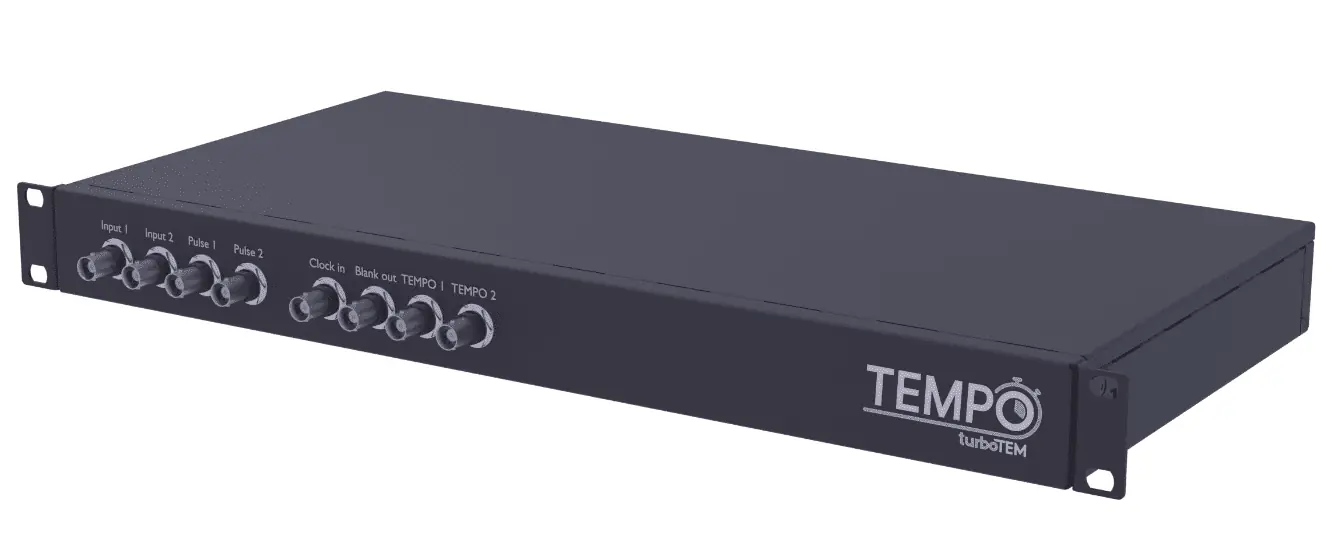
Features at a Glance
Dose Optimization
Maximum information efficiency extracted from a minimum delivered electron dose
Real Time Imaging
Tempo outputs directly interpretable image signals that are compatible with most STEM controllers so no post processing is required
User Defined Trigger Thresholding
Flexibly balance dose or precision across full duty-cycle range by setting the blanking trigger condition
Detector Compatibility
Compatible with a wide variety of existing analog STEM detectors
Ease of Integration
A simple upgrade for any instrument with EDM Basic or EDM Synchrony
Specification
| Quantity | |
|---|---|
| Channels | 2 in, 2 out |
| Tempo voltage | 3.3 V or 5 V |
| Tempo resolution | 8 ns |
| Pixel clock input | 3.3V CMOS - 5V TTL |
| Blank signal output | 3.3V CMOS - 5V TTL |
| Signal range | Max. ±10 V |
| Signal resolution | 14-bit |
| Sample rate | 125 Msps (per channel) |
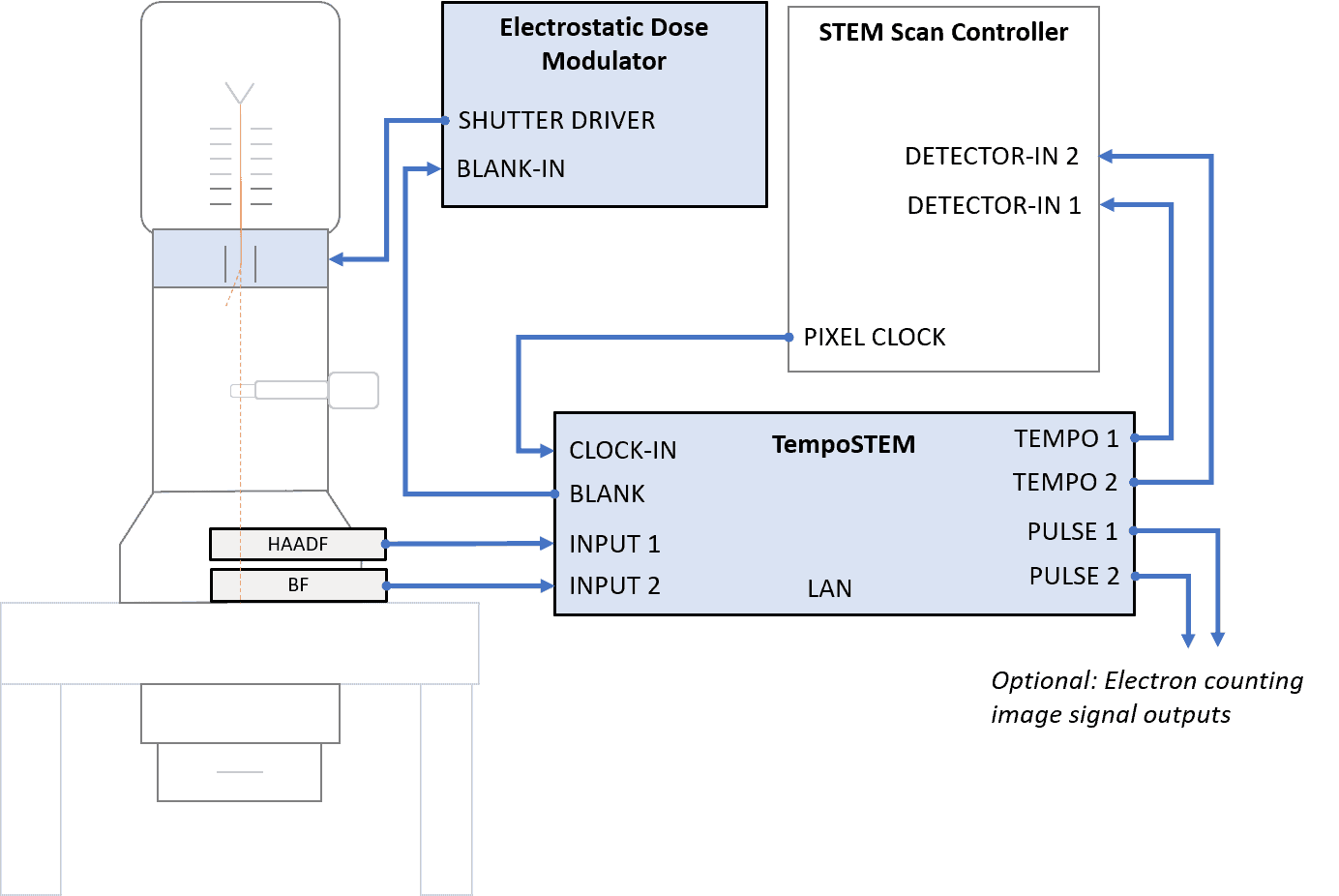
Applicable Models
- JEM-ARM300F2
- JEM-ARM200F (CFEG)
- NEOARM (CFEG)
- JEM-F200 (CFEG)
- JEM-2200FS*
- JEM-2100F*
- JEM-3300
- JEM-Z200FSC
- JEM-Z200CA
Signal to Noise Ratio vs Event Threshold Setting
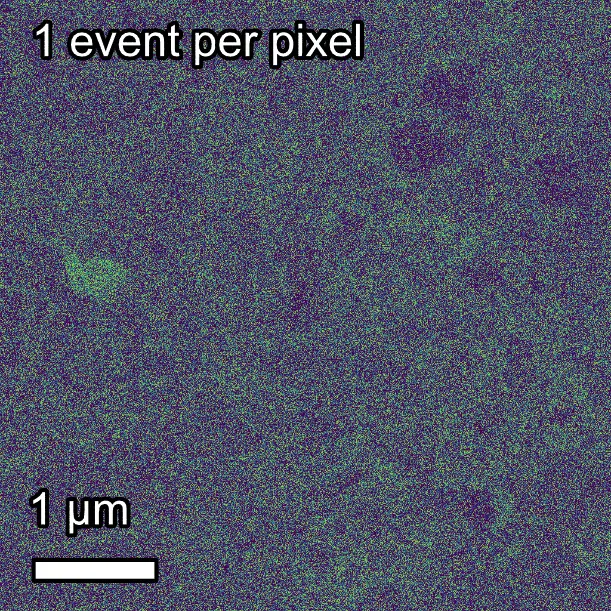
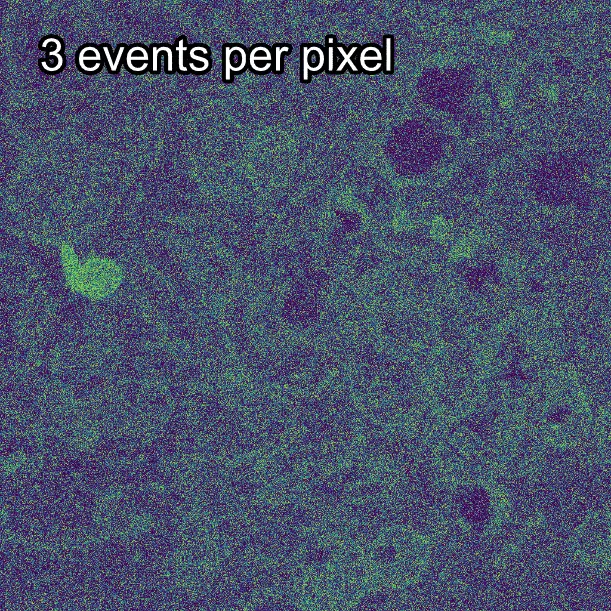
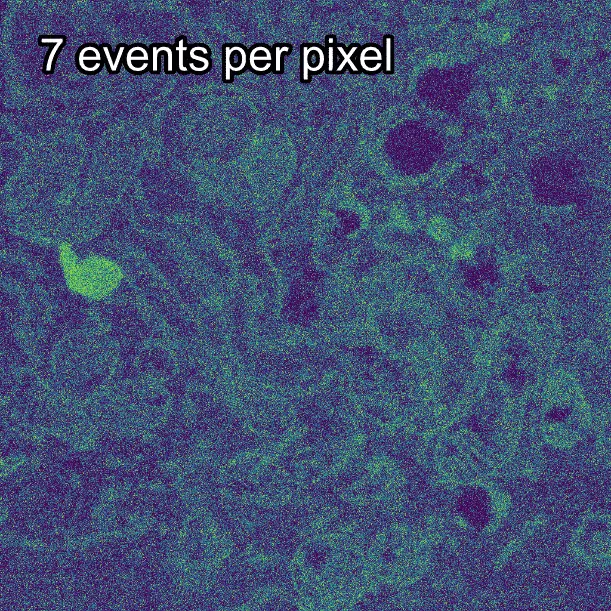
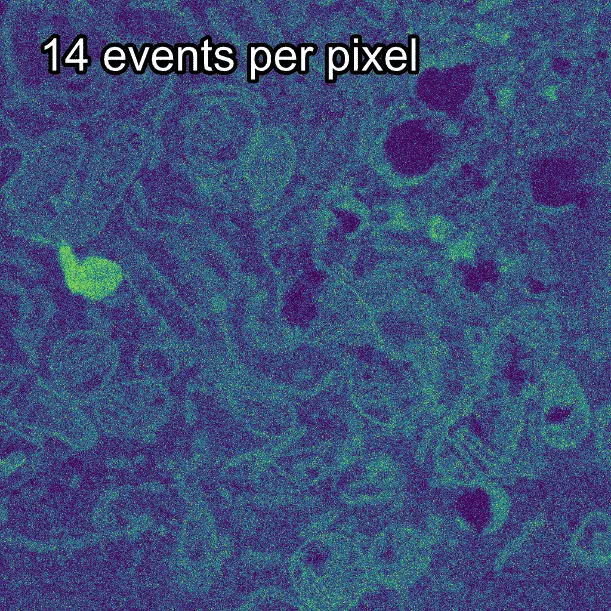
TempoSTEM images of human macrophage cells recorded with the beam blanker triggering after various event numbers. Contrast represents scattering-rate values. Sample credit: Alexandra Porter (ICL) and Karin Muller (U. Cambridge).
Damage Reduction
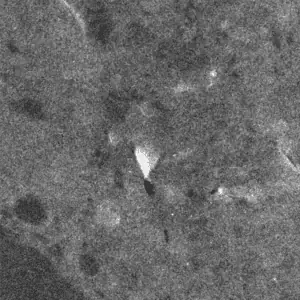
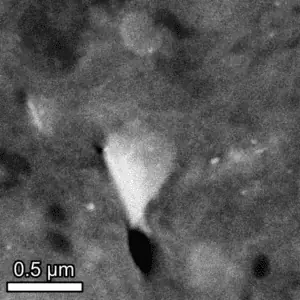
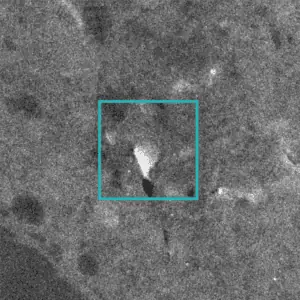
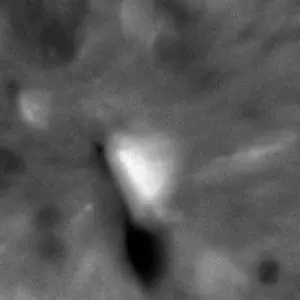
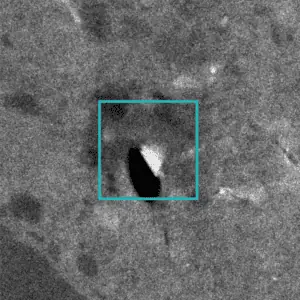
Equivalent Contrast
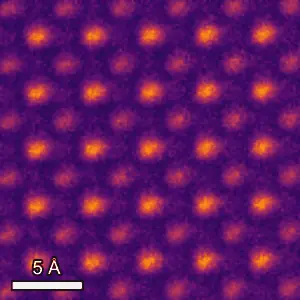
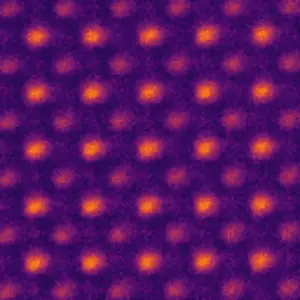

Comparison of the image contrast between TempoSTEM and conventional STEM imaging of SrTiO3. Both images are shown in units of events per microsecond. The quantitative information offered by TempoSTEM is identical to conventional approaches. TempoSTEM image shows 210 electrons per pixel, conventional image uses approximately equivalent total average dose.
